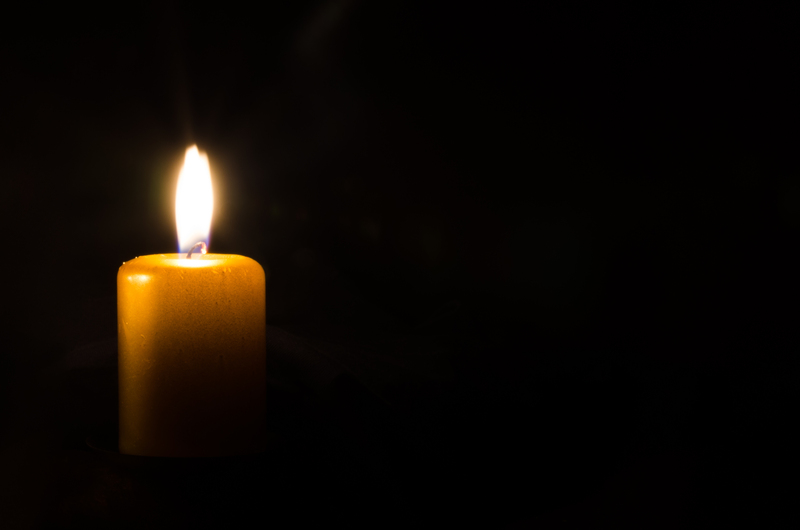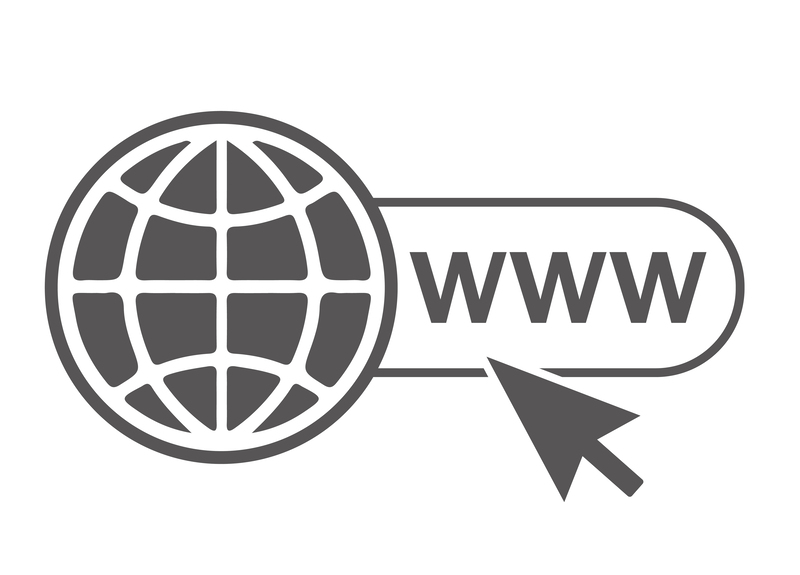Expert Insights into Piano Moving: Why DIY is Risky
Posted on 19/05/2025
Expert Insights into Piano Moving: Why DIY is Risky
Moving a piano is not just another household task you can tick off your checklist with a few extra hands and some muscle. In reality, attempting to relocate a piano without professional help can be a risky, costly, and even dangerous decision. From upright to grand pianos, these majestic instruments demand special handling that only experienced piano movers can offer. In this comprehensive article, we will explore the perils of do-it-yourself piano moving, draw on expert advice, and outline why hiring a professional piano moving service is always the smarter move.

The Unique Challenges of Piano Moving
The Complexity of Pianos
Pianos are incredibly intricate instruments, consisting of thousands of moving parts. Each piece is carefully engineered for precise sound. Piano transport must consider:
- The instrument's massive weight--often between 300 and 1,200 pounds.
- The unbalanced structure, with much of the weight concentrated on one side.
- Sensitive internal components like strings, hammers, and pedals that can suffer damage from jolts or shifts.
- Delicate wood finishes that can easily scratch or crack during moves.
Because of these factors, successfully moving a piano requires much more than brute strength--it calls for expertise, specialized equipment, and finesse.
Common Types of Pianos and Their Moving Challenges
- Grand Pianos: Their large frame and wide lid require dismantling parts, careful padding, and horizontal moving techniques.
- Upright Pianos: Although smaller, their weight is concentrated in the upper portion, making them prone to tipping during a do-it-yourself piano move.
- Digital Pianos: Electronics add extra fragility, especially in transport and handling.
Each model demands a different approach, underscoring the value of professional piano movers' insights.
Why DIY Piano Moving is a Risky Proposition
Physical Danger to Movers
Attempting to move a piano yourself puts you and your helpers in direct danger of injury. Expert piano movers consistently warn about the following injury risks:
- Back Injuries: Lifting a piano incorrectly can cause muscle strains or severe spinal injuries.
- Foot and Hand Injuries: Dropped pianos can crush extremities, sometimes leading to fractures or even loss of digits.
- Trip and Fall Hazards: Awkward maneuvering on stairs, thresholds, or narrow hallways increases the risk of falls.
Without proper training and equipment, even the strongest individuals are vulnerable. One poorly calculated step can cause significant harm.
Piano Damage: Repairs Are Expensive
A do-it-yourself piano move can easily result in costly repairs or even total loss of the instrument. Common types of damage include:
- Internal Damage: Jostling, tilting, or sudden impacts can cause felts and hammers to misalign, break strings, or crack the frame.
- Finish Scratches and Chipping: A piano's finish is delicate and can easily be marred against walls, stair railings, or moving surfaces.
- Structural Damage: A dropped or inadequately secured piano might split its housing, especially uprights with thin wood backs.
Piano repairs are often more expensive than standard furniture fixes, and in the case of broken soundboards or frames, may be irreparable.
Damage to Your Home or Property
Moving a heavy piano through tight spaces increases the chance of:
- Scratched hardwood floors or cracked tiles
- Damaged walls, baseboards, and banisters
- Carpet tears and dents
- Broken doorframes and thresholds
The potential costs for floor repairs or repainting can often rival, or exceed, the price of hiring a professional piano mover in the first place.
Why Trust Professional Piano Moving Services?
Trained and Experienced Crews
Piano moving experts undergo specialized training. They understand the physics involved in moving large instruments and know how to prevent costly mistakes. Their expertise includes:
- Correct lifting techniques to avoid damage and injury
- Securely disassembling and reassembling pianos
- Safely navigating tight stairways and doorways
- Applying protective wrapping and padding to prevent scratches and dents
Professional companies also use strong, adjustable moving straps, dollies designed for pianos, skid boards, and ramps. All of these are essential for safe and efficient piano relocation.
Insurance and Liability Coverage
Most professional piano movers hold comprehensive insurance. If anything goes wrong during transit, whether accidental injury or instrument damage, you are covered against substantial financial loss. In contrast, your regular moving insurance often excludes specialty items like pianos or offers only minimal protection for do-it-yourself moves.
Customized Logistics and Planning
No two piano moves are exactly alike--factors such as the type of piano, the layout of the home or building, stairs, elevators, and transportation distances all play a role. Professional piano moving companies perform assessments beforehand to:
- Map out the easiest and safest exit route
- Identify obstacles and measure tight turns
- Coordinate with property management or building staff if needed (especially for apartments and multi-story moves)
This pre-move planning is a level of attention to detail that DIY moves almost never account for.
What Do Experts Say? Professional Advice on Piano Moving
Real-World Experiences
Many experienced piano movers recount stories of costly and sometimes tragic accidents resulting from DIY attempts, such as:
- Pianos sliding down flights of stairs, resulting in significant damage and injury
- Laid-back approaches where a lack of equipment turned a simple move into an insurance claim
- Owners misjudging doorway or elevator dimensions, trapping the instrument mid-route
According to industry leaders, most DIY attempts ultimately end in either costly repairs or emergency calls to professionals--often after some damage has already been done.
Expert Quotes
Here are some expert opinions on moving a piano:
- "A single slip can ruin a piano or cause a serious injury. There is no safe shortcut--experience and proper gear are critical." -- John S., Professional Piano Mover, 15 years
- "The main risk of moving a piano by yourself is underestimating the complexity. It's not like moving a couch--you're transporting an irreplaceable musical machine." -- Rebecca L., Concert Piano Technician
- "Our company spends as much time training staff on safety and client education as we do on actual moves. Prevention is the best policy." -- Mike K., Owner, Elite Piano Movers
Piano Moving FAQ: Key Concerns Addressed
- Can I move a piano on my own with a few friends?
Even several strong people lack the training and equipment needed. The risk of injury or damage is high. - How much does professional piano moving cost?
Professional costs usually range from $150 to $600, depending on distance and piano type--much cheaper than the price of repairs! - What equipment do pros use that I don't have?
Custom dollies, heavy-duty skid boards, stair ramps, harnesses, and specialized padding are standard in the trade. - Is insurance really necessary for moving a piano?
Absolutely. Your home insurance won't cover damage during a move--professional movers' policies protect both the instrument and your property. - Can I hire general movers instead of specialists?
General movers often lack experience with pianos, increasing the risk of damage. Always choose a specialist for valuable instruments.
Step-by-Step: What Professionals Do Differently During a Piano Move
- Planning and Assessment
- Conduct an on-site visit to map access and identify obstacles
- Measure doors, stairs, and tight corners
- Prepping the Piano
- Securely cover the instrument with moving blankets and padding
- Remove and pack pedals, legs, and other detachable parts as needed
- Safely Lifting and Loading
- Employ correct lifting techniques and use dollies/skid boards
- Confirm team communication for coordinated moves, especially on stairs
- Transport in a Secured Vehicle
- Load the piano onto a moving truck with tie-downs and shock-absorbent pads
- Carefully monitor temperature and humidity
- Unloading and Reassembly
- Reverse the steps with equal care at the destination
- Reassemble the instrument and recommend a tuning (as moves can affect sound)
Cost Comparison: DIY vs. Professional Piano Movers
| Expense | DIY Piano Moving | Professional Piano Movers |
|---|---|---|
| Equipment Rental | $50 - $150+ (dollies, straps, blankets) | Included |
| Labor | Your own effort (high injury risk) | Trained team |
| Vehicle | $100 - $250 (truck rental) | Included |
| Insurance | Very Limited/None | Comprehensive |
| Repair Costs (if damaged) | $200 - $5,000+ | Covered if insured |
| Peace of Mind | Low | High |
Total DIY price can easily exceed the professional piano moving servicefee--especially if something goes wrong.

Piano Moving Myths Debunked
- Myth: "My upright piano isn't that heavy."
Fact: Even small uprights often weigh over 300 pounds and are extremely awkward to move. - Myth: "Four people can lift anything."
Fact: Without training, coordinated lifting rarely works with heavy, unbalanced items. - Myth: "We can roll it on its casters."
Fact: Piano casters are for minor adjustments only--not for long distances or stairs. They can snap and damage floors. - Myth: "If we're careful, nothing will go wrong."
Fact: Accidents often happen in moments--carefulness can't replace expertise and equipment.
Conclusion: Don't Risk It--Trust the Pros for Piano Moving
Piano moving is an art and science that blends specialized equipment, years of experience, and physical precision. The risks of a DIY piano move--from physical harm and property damage to devastating losses of a cherished instrument--are simply too great.
Expert piano movers take every precaution, offering peace of mind through preparation, the right tools, and insurance. For those who value their instrument and personal safety, hiring a professional piano moving service is truly the best, and only, choice.
Before your next piano move, listen to the experts: Don't go it alone--trust the professionals and keep your music playing for generations to come.



